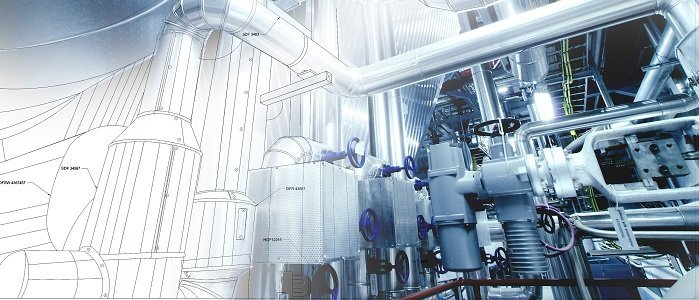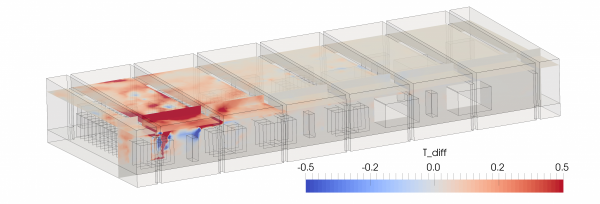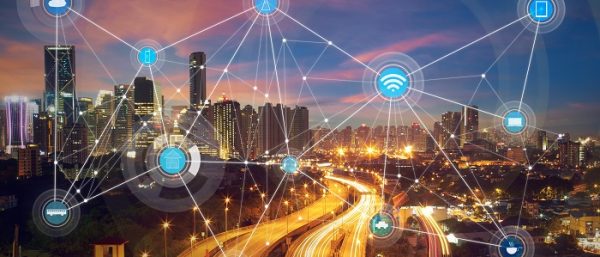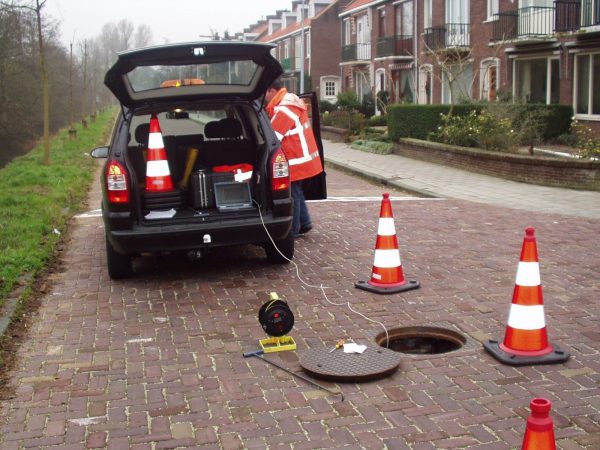
What is digital twin technology?
A digital twin is essentially a computer model that mimics some asset in the real world for purposes of control and optimization. This compact definition shows the core technology in digital twins.
First of all, there is a computer model involved, which needs to be sufficiently accurate but also very fast to keep up with the actual asset. This requires either high performance computing to evaluate a traditional computer model really fast or the use of machine learning in stead of explicit modelling. Then, there is a coupling to the actual asset: the sensor readings and other data are used to keep the computer model in sync with the asset. Finally, there are algorithms for control and optimization that employ the computer model to find the best settings for the asset. These can be either traditional algorithms or, again, machine learning based methods.
VORtech provides expertise and technology for each of these aspects.

Developing and improving the computer model
A digital twin that must follow the behavior of a system will incorporate a dynamic model of the system. VORtech is specialized in developing such models. Different approaches are possible:
- based on the proprietary software that you developed in-house using languages such as C, C++, Python or Fortran.
- using modeling platforms like Matlab and Modelica.
- based on open source packages like OpenFOAM® and EPANET.
- using machine learning.
VORtech is particularly adept in making models faster, more robust and more reliable. Those are essential aspects. A digital twin is useless if the model is too slow or unreliable.

Keeping the model close to the real system
A digital twin is only useful if it accurately reflects the status of the actual system. Hence, the model should be kept close to the real thing. VORtech is one of the lead developers of the open source package that does just that: OpenDA. It offers a variety of methods to calibrate a model and to correct it based on incoming data. To use OpenDA, access to the model’s source code is not essential: it can also be used with commercial simulation packages.
Control and optimization with a digital twin
Often, the task of the digital twin is to control or optimize a system. This is ultimately a mathematical question. VORtech knows the algorithms that are available to solve it. These can be based on traditional control or optimization methods or they can be based on machine learning. We can implement them or, if you want to implement them yourself, we can give you directions.
Coupling the digital twin to the actual system
A digital twin has functionality for the automated collection of data. It can present the data and model results to the user in a clear way. VORtech knows how to develop these aspects.
Do you want to know more?
We regularly post on our blog where we give our vision on Digital Twins and follow the developments in the underlying technology. Feel free to contact us if you have any questions or if you want to explore what we can do for you.

